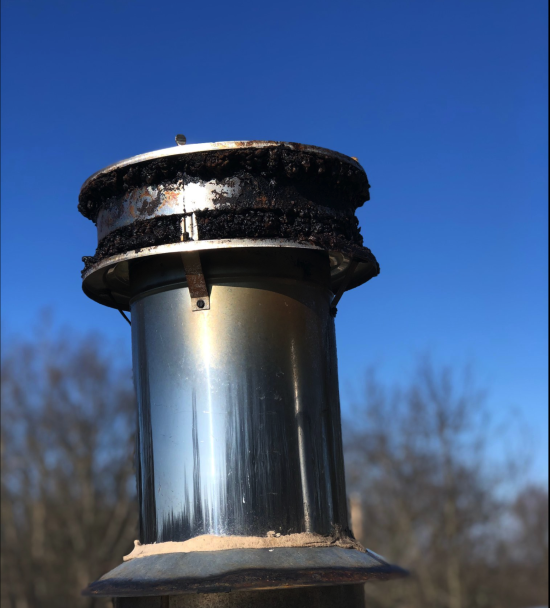Unpleasant Odors in Your Fireplace? Tips to Keep Your Home Fresh in Summer

Sunshine and rising temperatures have it finally feeling like Summer here on the Wisconsin-Illinois border! The last thing homeowners expect this time of year is a waft of unpleasant odor drifting through your home from the fireplace and chimney. The arrival of Summer brings an unexpected challenge: smelly fireplaces. It's a perplexing situation. After all, the fireplace hasn't been used in months, so why the sudden assault on your senses?
We'll unravel the mysteries behind these odors, explore the common culprits lurking within your chimney, and arm you with practical tips to help prevent those unwelcome smells from stinking up your living space.
Several different factors can contribute to a smell emitting from your fireplace and chimney:
Creosote Buildup: Creosote is a natural byproduct of burning wood in a fireplace or stove. It's a dark, tar-like substance that forms when volatile gases given off during the combustion of wood cools and condenses as they rise within the chimney. This sticky residue can accumulate on the walls of the chimney over time with regular use of the fireplace or stove.
When creosote accumulates within the chimney, it can emit an unpleasant odor into the home. Often, we will have customers equate the smell of a bonfire, which is exacerbated, especially during times of higher temperatures and higher humidity.
Humidity & Moisture:
Humidity and moisture can cause a swath of smells to emit from your fireplace. Excess moisture and humidity in the chimney or fireplace can create a favorable environment for organic growth, such as mold and mildew. As these microorganisms continue to proliferate, feeding off of debris within the chimney and fireplace, they begin to emit odors, creating a smelly situation.
Critters & Debris:
Chimneys provide the perfect protected space for animals such as birds, squirrels, or raccoons to build their nests and have their young. Once the animals are ready to leave their nests, the organic materials and animal droppings begin to decompose, causing a smell. The same can be said about uncapped chimneys, allowing debris from surrounding trees, such as leaves and twigs to fall into the chimney.
Tips to Prevent and Address Smelly Fireplaces:
- Regular Chimney Cleaning: We recommend having your fireplace and chimney cleaned out and inspected annually. Spring is the perfect time to have your cleaning completed. It allows us to remove debris and creosote from the chimney before the warm weather and humidity arrive, and you beat the Fall rush so you are ready to start your fireplace when the temperatures drop.
- Install a Chimney Cap: Keeping critters and debris out of your chimney with a chimney cap prevents potential blockage and buildup of organic material within the chimney.
- Ventilation: Inadequate ventilation exacerbates chimney-related odors by trapping them inside your home. Without proper airflow, the smells emanating from your chimney linger, creating a stale and unpleasant atmosphere. Ensure the area around the fireplace is clear to allow proper air circulation. Cracking a window and breaking the negative pressure within the home can also aid in the reduction of airflow entering the home through the chimney.
Dealing with a stinky fireplace can be an unwelcome challenge for any homeowner. By understanding the causes of chimney odors and implementing proactive solutions, you can take the first steps in banishing unpleasant smells and enjoy a fresher, more inviting living space.
Whether it's addressing creosote buildup, preventing animal nesting, or improving chimney ventilation, taking proactive steps is key to maintaining a pleasant indoor environment. A clean and well-maintained chimney not only enhances the safety and efficiency of your fireplace but also contributes to a healthier and more comfortable home environment for you and your family.

